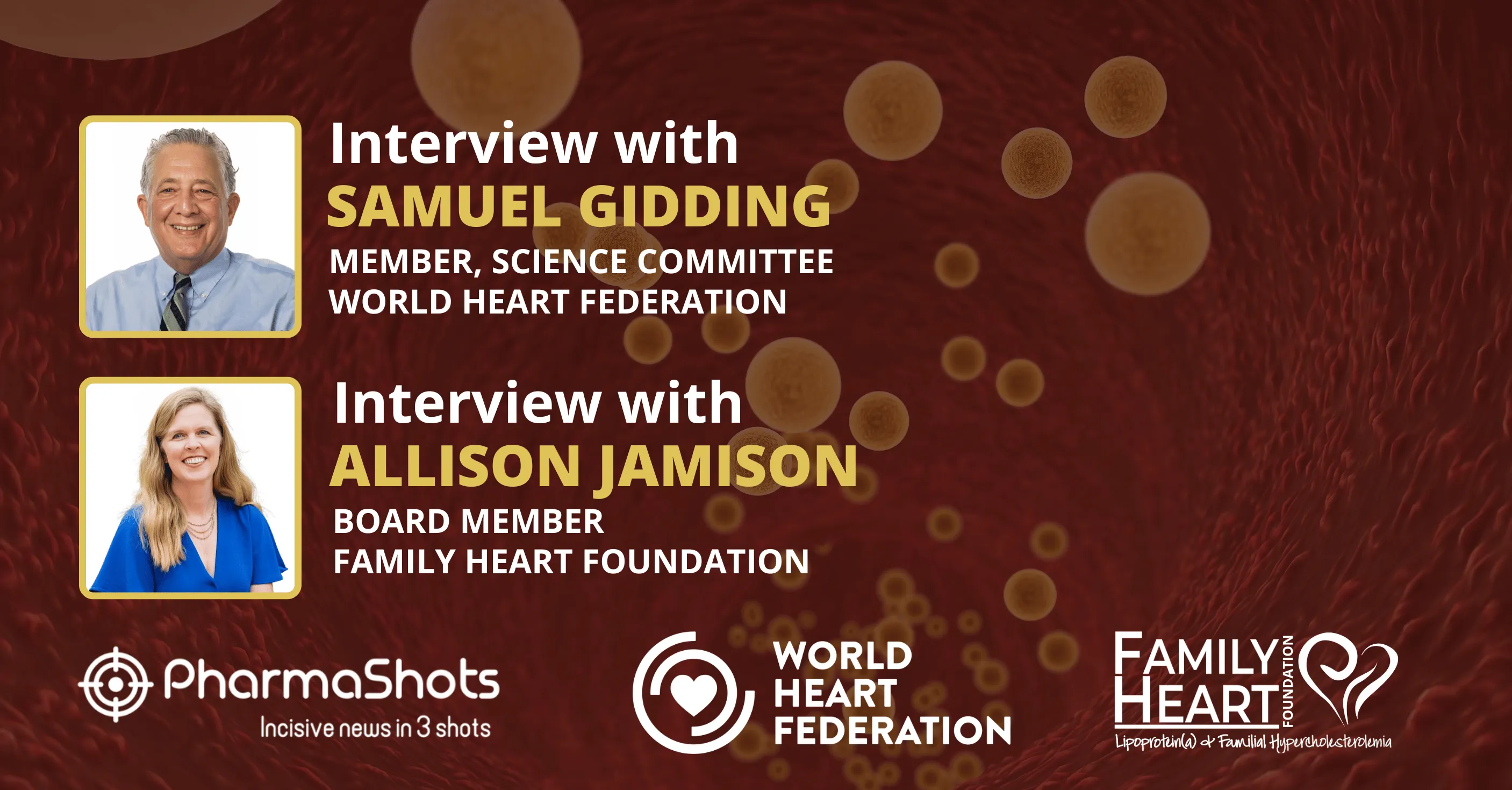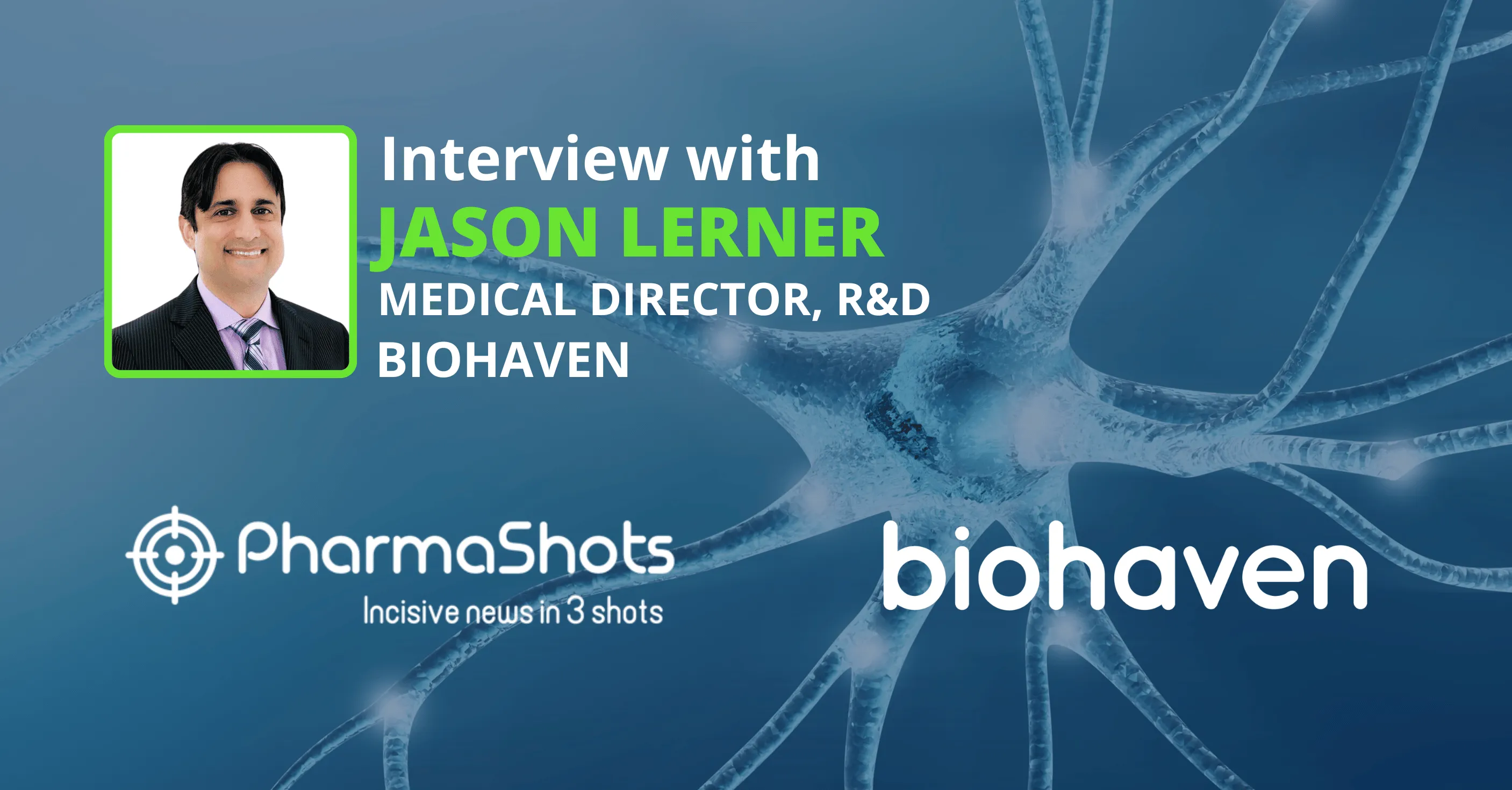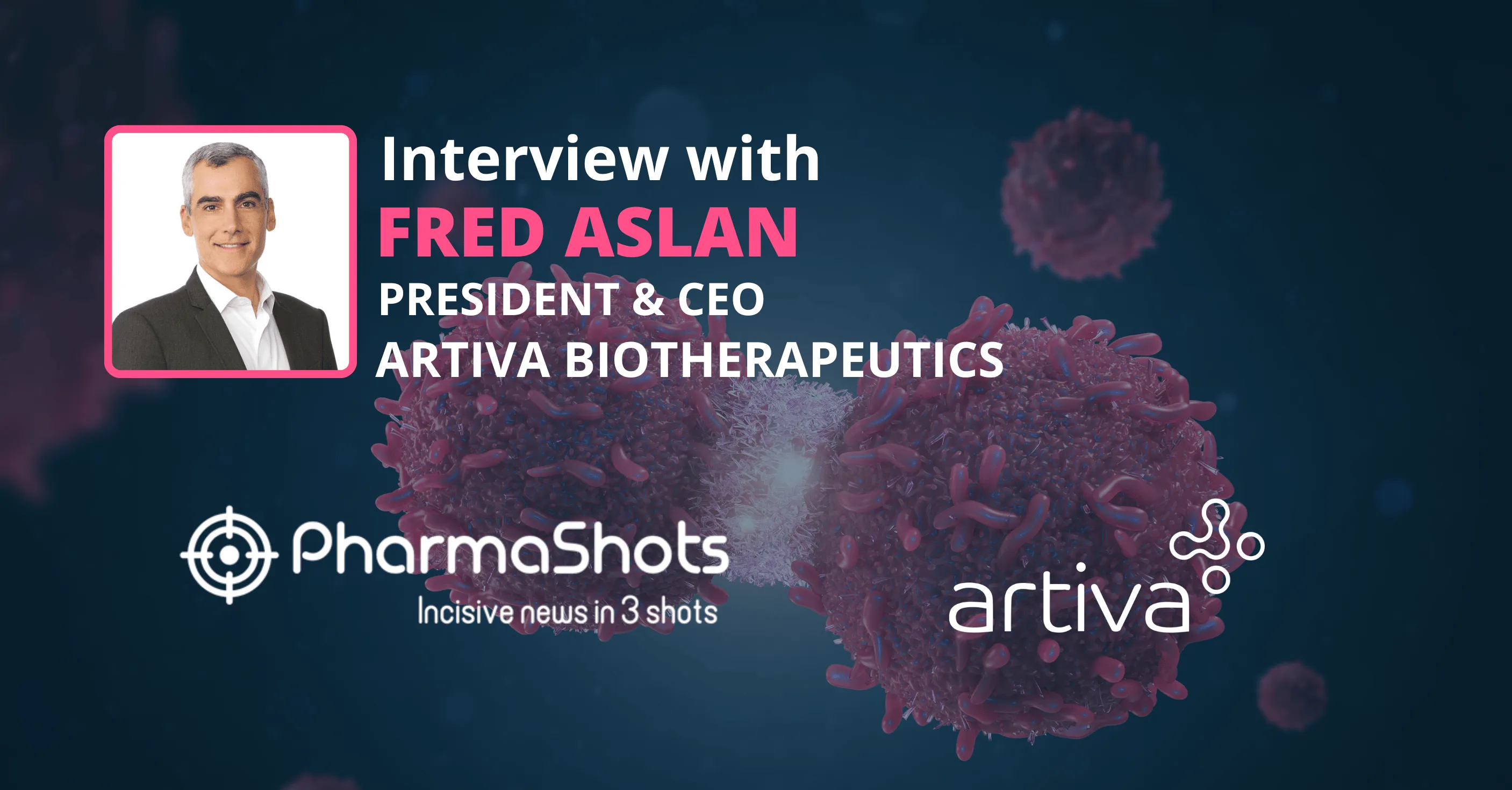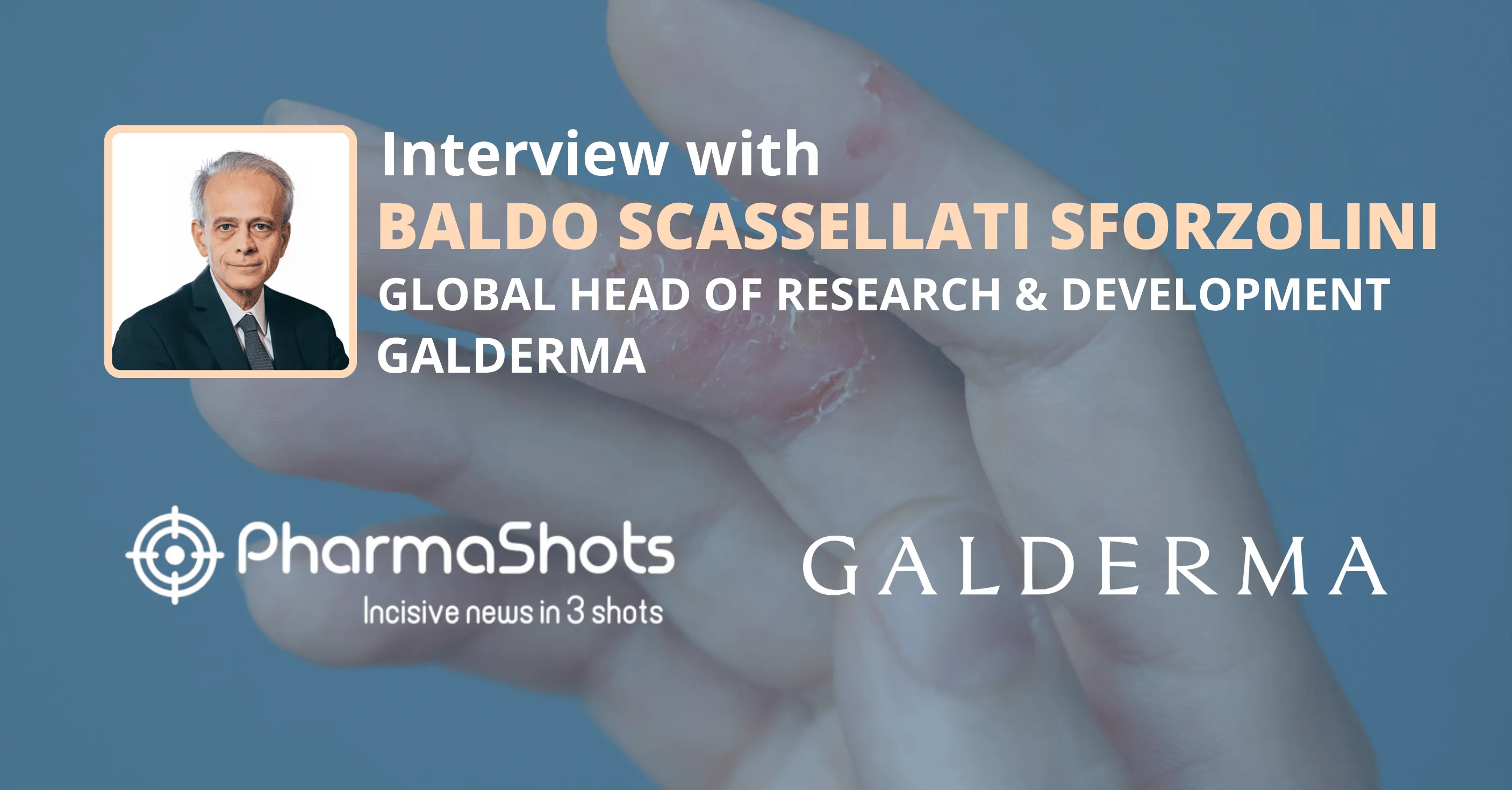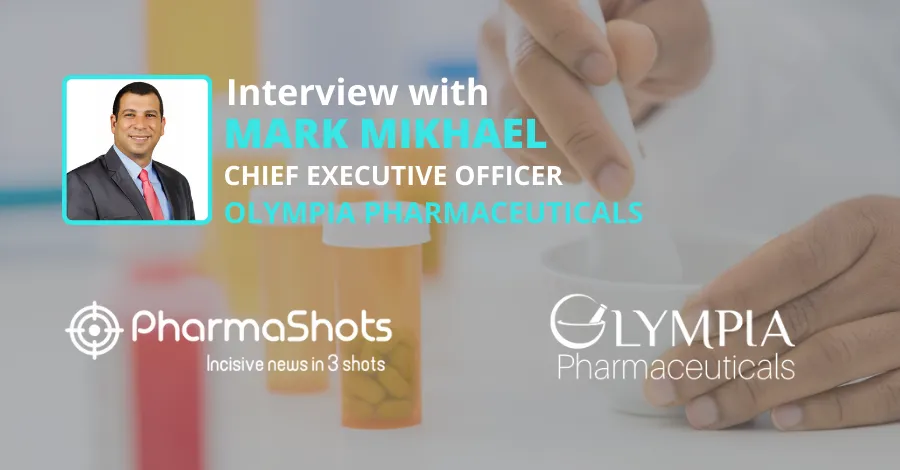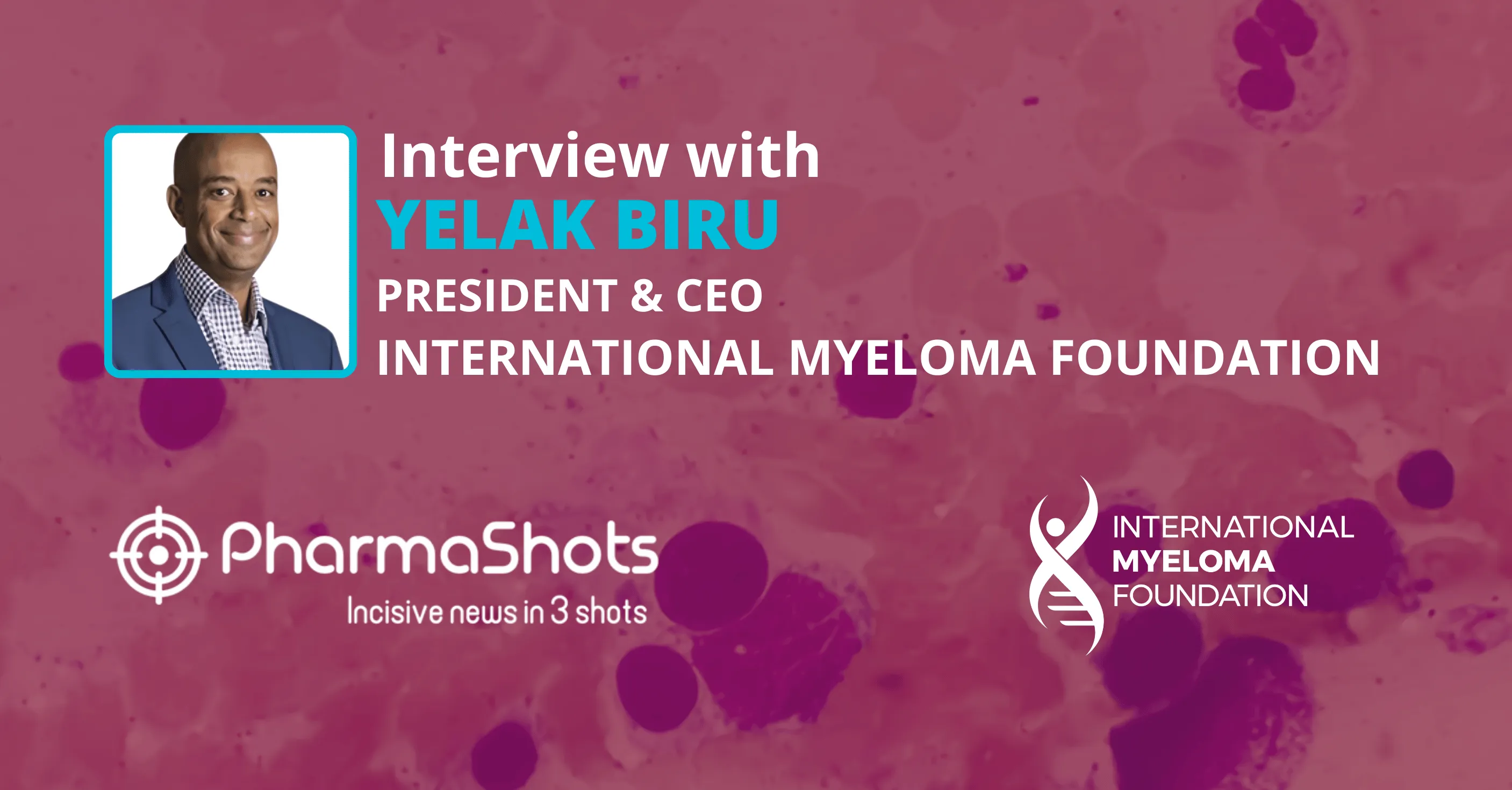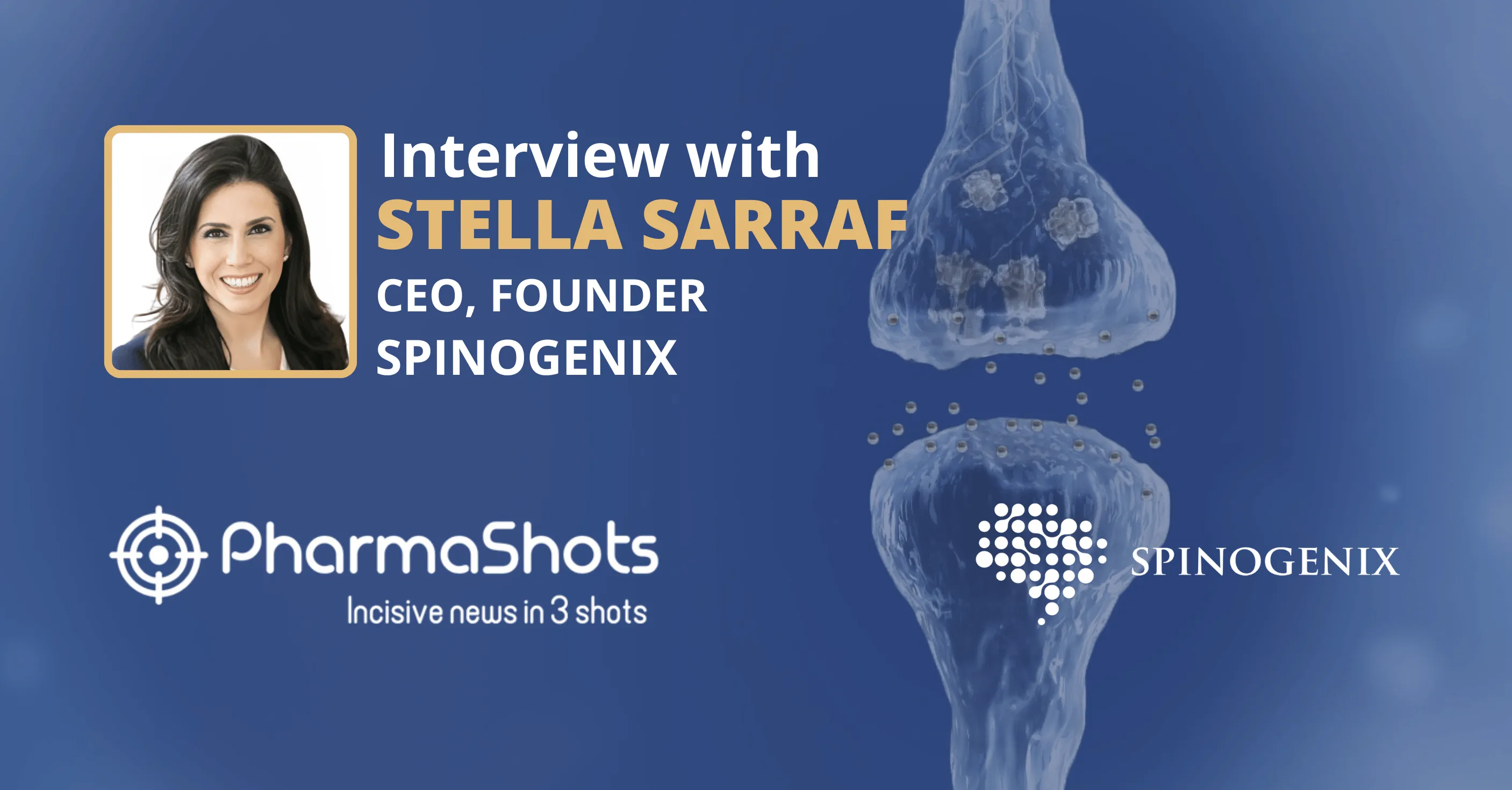
ATS 2024: Maria Belvisi, Sarah Doffman, and Janet Franklin from AstraZeneca & Amgen in a Stimulating Conversation with PharmaShots
Shots:
-
Jointly developed by AstraZeneca & Amgen, AZD8630/AMG targets Thymic stromal lymphopoietin (TSLP), an epithelial cytokine involved in Chronic Inflammatory Disorders
-
Recently, AstraZeneca and Amgen released the P-I data evaluating AZD8630/AMG104 on three doses vs. placebo for 28 days. The data demonstrated linear PK at all three doses
-
Today, at PharmaShots we have Prof. Maria Belvisi and Dr. Sarah Doffman from AstraZeneca, and Dr. Janet Franklin from Amgen shedding light from the P-I data of AZD8630/AMG
Saurabh: Firstly, congratulations on reaching a step closer to your goal. Here’s to continuous success in the next phases. Can you please provide us an overview of AZD8630/AMG104 and its use in the treatment of asthma?
Maria: AZD8630/AMG104 is a novel inhaled molecule in co-development with Amgen that targets Thymic stromal lymphopoietin (TSLP), a key epithelial cytokine involved in chronic inflammatory disorders, including asthma and COPD. AZD8630/AMG 104 builds on the success of Tezspire (tezepelumab), which also targets TSLP and is the first and only biologic with demonstrated efficacy for a broad population of severe asthma patients across phenotypes and irrespective of biomarker levels including BEC, allergic status and FeNO.
Saurabh: Can you tell us about the Phase I hybrid study (NCT05110976) of AZD8630/AMG104?
Sarah: The Phase I study evaluated the safety, tolerability, and pharmacokinetics (PK) of AZD8630/AMG104 across different dose ranges in two parts. The first part involved 104 healthy subjects and evaluated single and multiple ascending doses, inhaled once daily, for up to 14 days. The second part involved 77 patients with moderate-to-severe asthma and elevated baseline FeNO, treated with ICS and LABA at baseline, randomised to one of three active dose arms (0.4mg, 2mg and 8mg) or placebo once daily for 28 days.
Saurabh: AZD8630/AMG104 is a fragment antibody and is delivered as a dry powder inhaler. Can you help us understand the significance of delivering it in powdered form?
Maria: We are excited that AZD8630/AMG104 has the potential to be the first ever inhaled biologic treatment for asthma. The small size of the fragment antibody (FAB) makes it suitable for development as an inhaled therapy in a familiar method of administration for patients with asthma, allowing direct delivery of the medication to the airway epithelium where TSLP acts to trigger multiple inflammatory pathways.
Saurabh: What primary and secondary outcomes did you target in patients administered with the drug?
Sarah: AZD8630/AMG104 Phase 1 data studied the effect of 3 doses vs placebo over 28 days in patients with moderate to severe inadequately controlled asthma already on inhaled corticosteroid and long-acting bronchodilator therapy. There were twice the number of participants in the high dose and placebo arms than the mid and low dose. We demonstrated a numerical, clinically meaningful reduction in exhaled nitric oxide (a marker of airway inflammation) in all doses studied which was statistically significant in the powered high dose arm. There was a numerical improvement in lung function and symptoms as measured by FEV1 and ACQ-6 at the highest dose studied, but the study was small and not specifically designed to show a statistically significant improvement in these outcomes. AZD8630/AMG 104 was safe and well tolerated at all doses and demonstrated linear pharmacokinetics. There were low rates of immunogenicity (formation of anti-drug antibodies) seen in patients with asthma and in healthy volunteers. This is important as the formation of ADAs can impact on the efficacy of a biologic therapy. We are encouraged by this data as it represents a potential significant breakthrough in the treatment of asthma.
Saurabh: How is AZD8630/AMG104 different from available treatment options for asthma and what unmet needs does it fulfil especially in patients with poorly managed asthma?
Janet: The introduction of an inhaled biologic to asthma care would be a world’s first and represents a potential major scientific breakthrough, providing patients access to an inhaled self-administered biologic therapy in a method of delivery with which they are familiar. We believe AZD8639/AMG104 could be a much-needed innovative treatment option for patients with moderate to severe asthma who are currently uncontrolled, broadening access to biologic therapy to those currently not eligible for systemic biologics.
Saurabh: A high dose of AZD8630/AMG 104 led to a statistically significant reduction of FeNO in patients. Can you tell us the mechanism of how the drug helps in the reduction of FeNO?
Sarah: Exhaled Nitric Oxide (FeNO) is a biomarker in asthma which provides an indication of the level of inflammation in the airways. The level of detectable FeNO can be used in the diagnosis of asthma but can also provide valuable information regarding the level of asthma control. TSLP acts high up in the inflammatory cascade and exerts its effects upon multiple pathways, which can result in the production of Nitric Oxide. By blocking TSLP, AZD8630/AMG 104 has been shown in the Phase 1 study to reduce inflammation and the production of exhaled Nitric Oxide in patients with inadequately controlled disease.
Saurabh: What is your long-term vision for AstraZeneca, and do you have any other respiratory drugs in the pipeline?
Maria: We are a leader in respiratory medicine with over five decades experience of how to deliver innovative new medicines to patients.
Focused on driving transformative change in COPD, asthma and other respiratory diseases to address the significant unmet needs that persist and improve outcomes for the millions of people affected.
We have an extensive portfolio of products across disease areas and severities. Breztri forms the backbone of our inhaled medicine portfolio and with our biologics portfolio we are looking transform care in both severe asthma and COPD. Lastly, we have a leading pipeline in the pre-biologics space, where we are looking to address significant unmet need on multiple asthma and COPD patient populations.
Saurabh: Is there anything else we missed that you would like to cover?
Maria: We are excited about the AZD8630/AMG104 Phase 1 data, which was safe, well tolerated and reduced FeNO in patients with inadequately controlled asthma already on inhaled corticosteroids and long-acting bronchodilator therapy. We look forward to evaluating next steps for this potential first-in-class treatment with our partner Amgen.
Image Source: Canva
About the Authors:

Professor Maria Belvisi
As a dedicated professional in Respiratory & Immunology at AstraZeneca's BioPharmaceuticals R&D, Prof. Belvisi’s expertise lies at the intersection of innovative research and pharmacology to transform patient care. Embedded in AstraZeneca's visionary approach, her role extends beyond groundbreaking drug discovery; it includes fostering global-scale pharmacological research and innovation across continents. She is driven by the spirit of innovation to develop effective pharmacological treatments, thereby contributing to the transformation of patient lives through advanced science.

Dr. Sarah Doffman
Dr. Sarah Doffman is an executive medical director, early clinical development, respiratory, at AstraZeneca. Prior to joining AstraZeneca, she held a number of senior leadership roles, including clinical director and subsequently chief of service for medicine. Sarah was appointed as a respiratory physician at Brighton and Sussex University Hospitals in 2008, leading the lung cancer service until 2016 and serving as Chair of Sussex Cancer Network Lung Tumour group from 2010-2013.

Dr. Janet Franklin
Dr. Janet Franklin, vice president, global development biosimilars, at Amgen, lead the company’s biosimilar efforts. In this role, she oversees the clinical development program that is designed to show that Amgen's biosimilar candidates are highly similar to, and have no clinically meaningful differences from, their refence biologics. It's a complex and rigorous process with unique challenges that require cross-functional collaborations for a successful development program. Dr. Franklin’s goal is to support, develop and enable the team's success, ultimately working towards more potential treatment options for patients with serious illnesses
Related Post: AstraZeneca at ATS’24: Robert Fogel & Dave Singh in a Stimulating Conversation with PharmaShots
Tags

Saurabh is a Senior Content Writer at PharmaShots. He is a voracious reader and follows the recent trends and innovations of life science companies diligently. His work at PharmaShots involves writing articles, editing content, and proofreading drafts. He has a knack for writing content that covers the Biotech, MedTech, Pharmaceutical, and Healthcare sectors.




